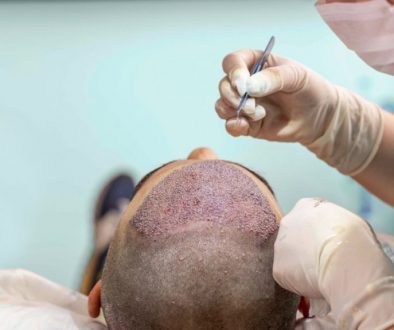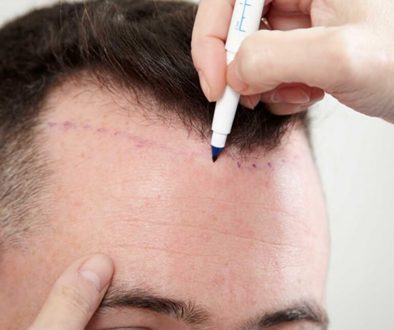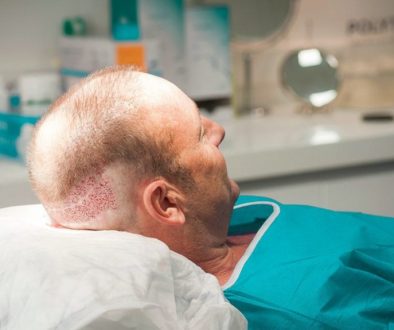 Today’s revolutionary surgical [tag]hair restoration[/tag] procedures allow a qualified physician to move individual [tag]follicular units[/tag] ([tag]hair groupings[/tag] as they occur naturally) from the sides and back of one’s scalp to [tag]balding[/tag] areas. The end result is a natural looking head of hair, undetectable to even the harshest critics. And while this miracle [tag]hair transplant[/tag] procedure can restore hair to completely [tag]bald[/tag] areas, it does nothing to stop the progression of genetic [tag]baldness[/tag]. What if [tag]hair loss[/tag] continues? Will a second or even third hair transplant be required? Is there enough donor hair to keep up with the progression of baldness? Should proven medical [tag]hair loss treatments[/tag] be used in conjunction with hair transplant surgery? Why or why not?
Today’s revolutionary surgical [tag]hair restoration[/tag] procedures allow a qualified physician to move individual [tag]follicular units[/tag] ([tag]hair groupings[/tag] as they occur naturally) from the sides and back of one’s scalp to [tag]balding[/tag] areas. The end result is a natural looking head of hair, undetectable to even the harshest critics. And while this miracle [tag]hair transplant[/tag] procedure can restore hair to completely [tag]bald[/tag] areas, it does nothing to stop the progression of genetic [tag]baldness[/tag]. What if [tag]hair loss[/tag] continues? Will a second or even third hair transplant be required? Is there enough donor hair to keep up with the progression of baldness? Should proven medical [tag]hair loss treatments[/tag] be used in conjunction with hair transplant surgery? Why or why not?
Forum member “Roy” is about to undergo surgical [tag]hair transplantation[/tag] with Coalition member Dr. Ron Shapiro and wants to know what risks are involved in proceeding into surgery without taking [tag]Propecia[/tag] ([tag]finasteride[/tag]) to attempt to slow down continued loss. Visit “Going into Hair Transplant Surgery without Medication” to discuss why non-surgical [tag]hair loss products[/tag] complement a hair transplant and the risks included in not taking them.
[tag]Bill Seemiller[/tag]
Managing Publisher
Follow our community on Twitter
Watch hair transplant videos on YouTube




